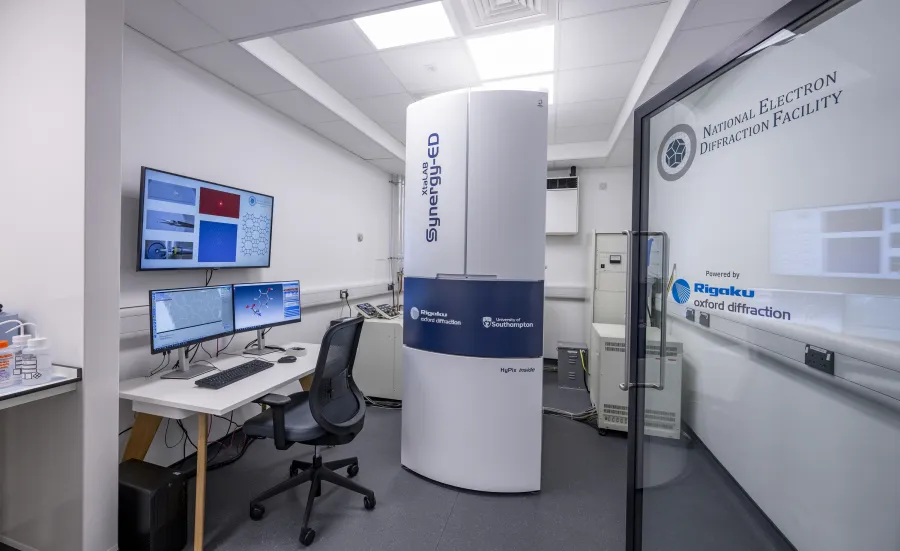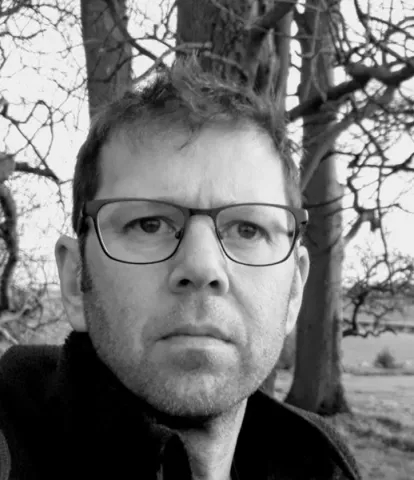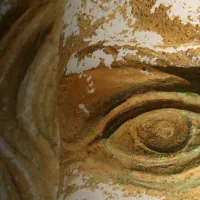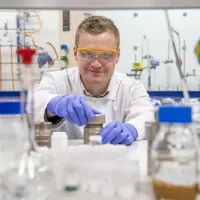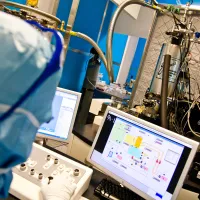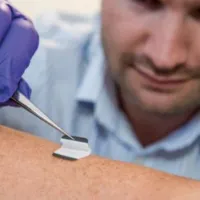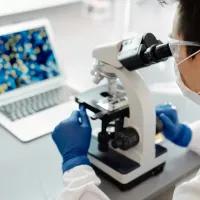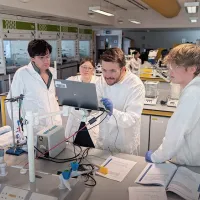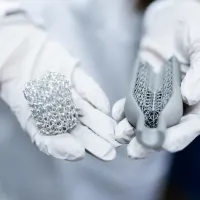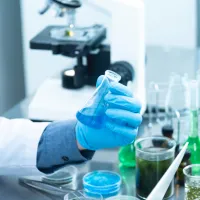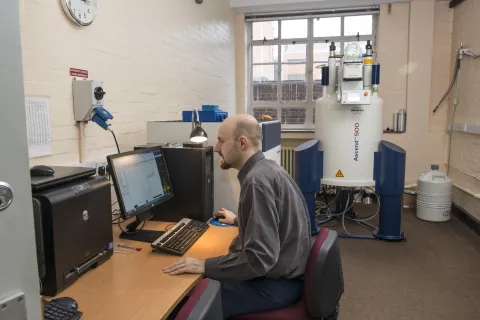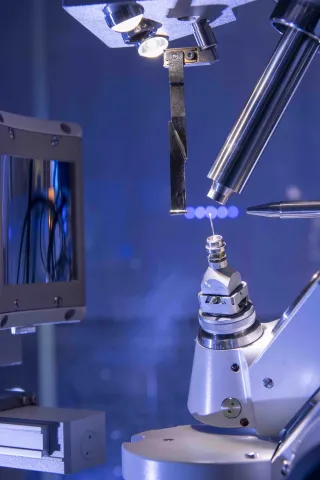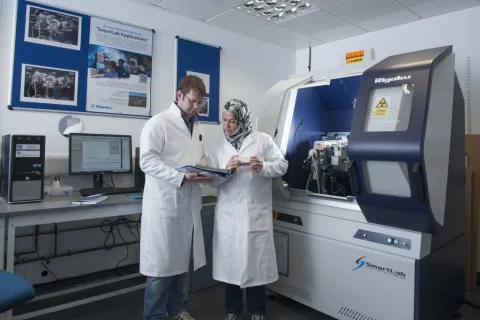About the electron diffraction facility
天发娱乐棋牌_天发娱乐APP-官网|下载 electron diffraction facility enables single-crystal structure analysis of crystallites too small for single-crystal X-ray diffraction (SCXRD) experiments.
We can obtain data from grains well below 1 micrometre and determine their crystal structure in an analogous way as is used in SCXRD.
Measurements are conducted using the continuous rotation method, allowing rapid data collections.
Compounds across a wide range of research areas can be used, including, but not limited to:
- small organics
- natural products
- metalorganic complexes porous materials
- inorganics
Data collections can be performed routinely from 100 Kelvin (K) to room temperature (rt). Additional elemental analysis of the crystals of interest is available using energy-dispersive X-ray spectroscopy (EDS).
天发娱乐棋牌_天发娱乐APP-官网|下载 specialists have more than 20 plus years’ experience in materials characterisation, material science and electron microscopy.
